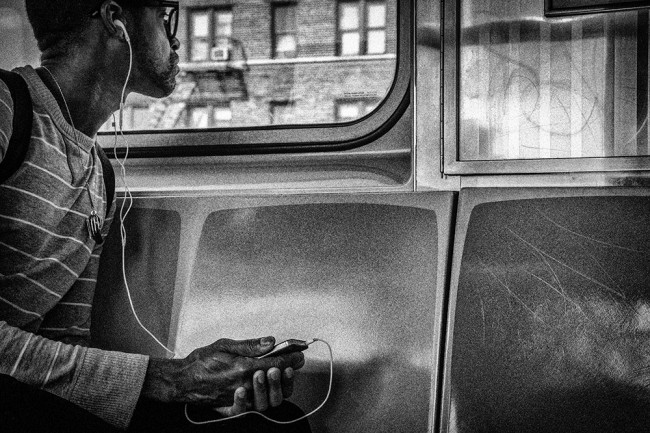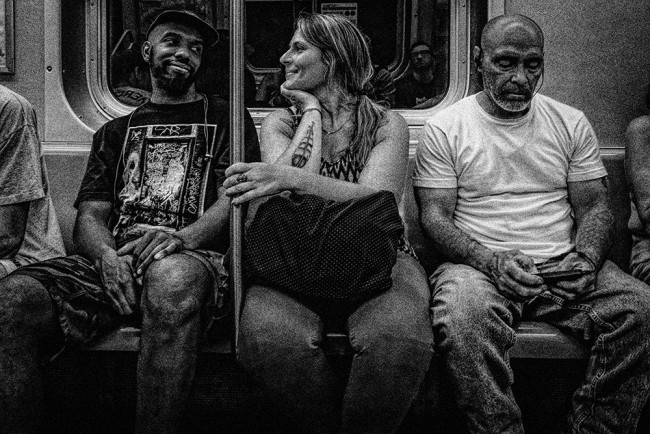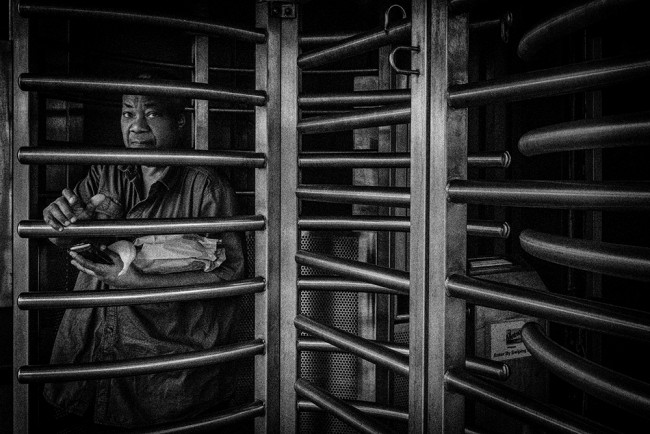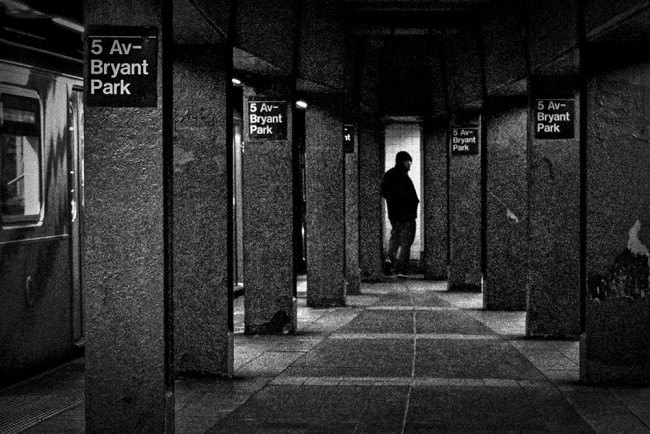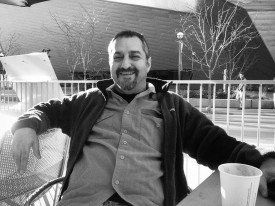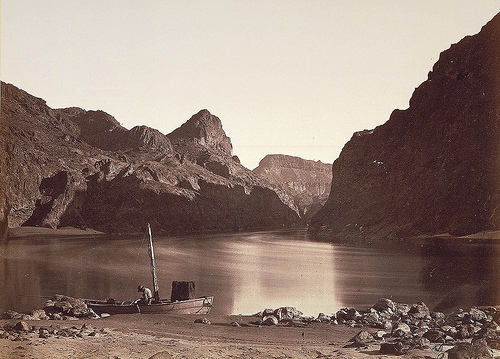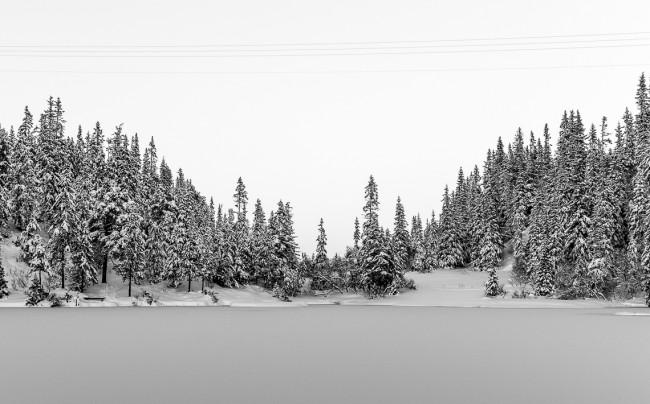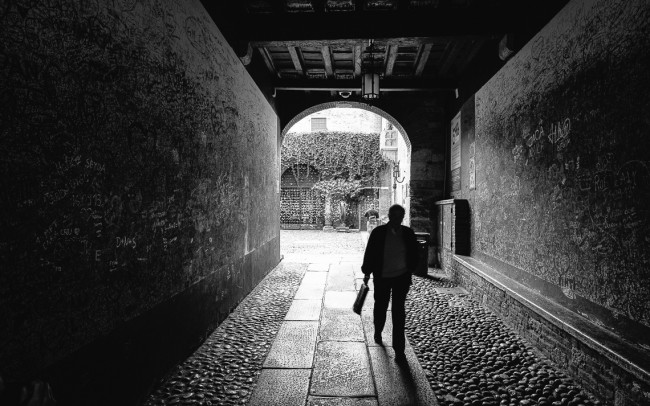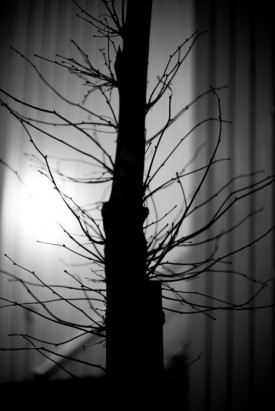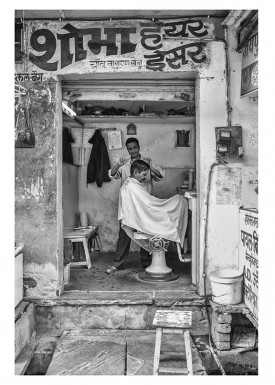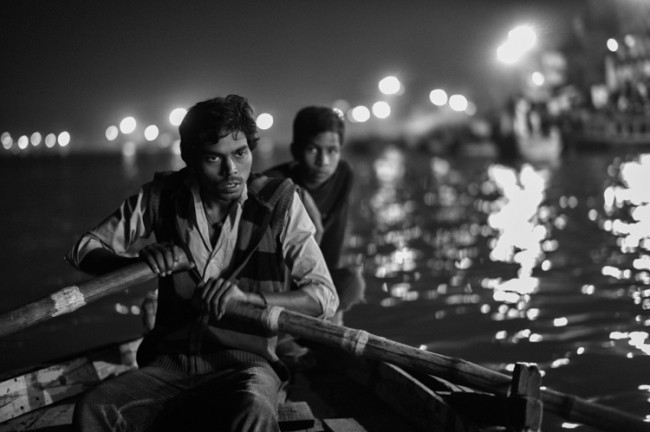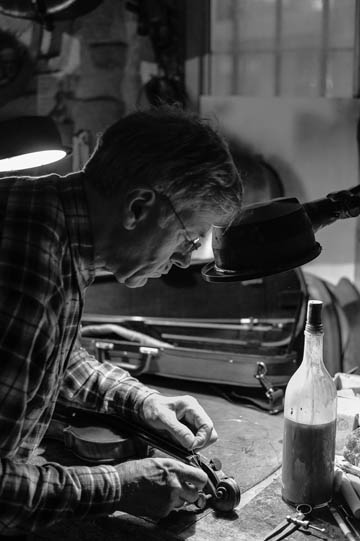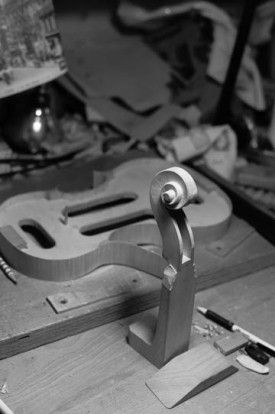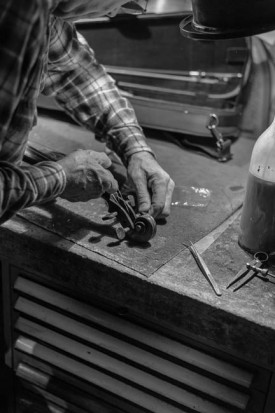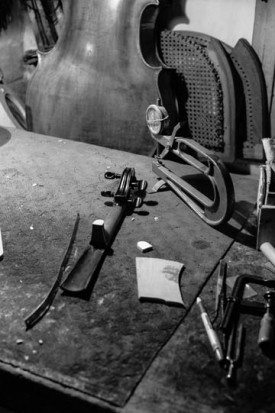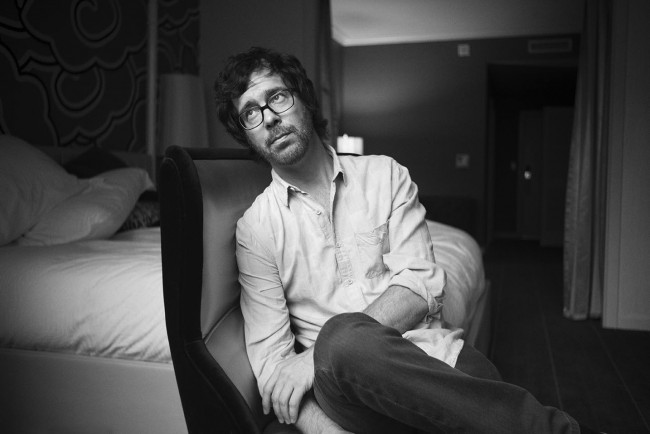
“Bearded Selfie 2015” ┬®Ben Folds
The more you know about Ben Folds the more you understand that he is driven to create. A successful pop musician with his band The Ben Folds Five, an accomplished solo artist with his category bending release So There, and an insightful judge on the television program The Sing Off. No matter what the medium, Ben is going to explore the possibilities. The creative process for Folds is a continuum, not a series of categories.
I emailed Ben and asked if he wouldnÔÇÖt mind answering a few questions on another of his many talents, photography.
Q: Are there any photographers or artists that have influenced the way you make or think about images.
BF:┬áI love the photography of the mid 20th Century. I just like the approach, the tone.┬á ItÔÇÖs like the whole art form and itÔÇÖs business, in journalism and in fine art, became incredibly well oiled.┬á Especially, for me, the black and white photography. Eugene Smith is a great example.┬á And some of it is due to his bold printing. Bill Brandt is a favorite, completely different type of photographer. Everyone loves Cartier-Bresson and Elliott Erwitt of course, and of course the humor and wit combined with an often heartbreaking story appeals to me, as thatÔÇÖs what I aspire to musically.
Q: You print many of your images yourself. What does printing bring to your creative process?
BF:┬áPrinting is a huge part of it. Imagining what youÔÇÖll be holding in your hand as you make an exposure is big for me.┬á It doesnÔÇÖt have to be for everyone. I also like the process of getting it to paper.┬á I spent a lot of time in a dark room over the years and that informs the way that I print digitally, and what I ask for when for instance Digital Silver Imaging works with me. I like staying in the parameters of basic contrast/exposure adjustments with some dodging and burning.┬á There are so many amazing images to be made in the moment, that creating something that didnÔÇÖt happen, via photoshop and cloningÔǪ not interesting to me.
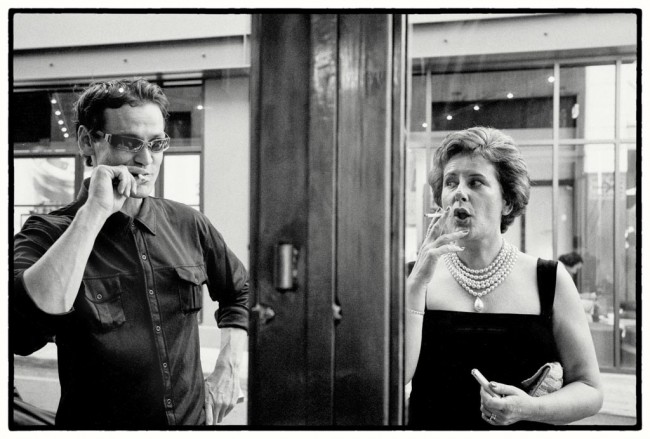
“Smokers Adelaide” ┬®Ben Folds
Q: I understand that you shoot with both Leica M3 film cameras and a digital M Monochrom. How, if at all, does film vs. digital influence how you work?
BF:┬áItÔÇÖs nice to have an idea of what happens when light is touching the sensor or a piece of film.┬á And to know the difference. The look of what youÔÇÖve shot depends on knowing something about these things.
I know that I like overexposing Tri-X and under developing it for certain scenes.┬á I know what that will mean.┬á With the Monochrom, you can under expose and itÔÇÖs amazing how much shadow detail you can dig out.┬á Then knowing how to get the feel I want with curves or with Silver Efex works for me.┬á ItÔÇÖs mostly again, about shooting, knowing that I can get what I see in the print.┬á Everyone knows the frustration of pointing a camera at something thatÔÇÖs beautiful to them and it just doesnÔÇÖt look right in the end. You see one thing and it turns out the camera, by default, did not agree.┬á I feel the same about analog recording – as long as I know what I want to hear on the other end, I have a method of getting there with different tools. All that said, film makes me happiest.┬á So does tape.┬á Mainly because I donÔÇÖt overindulge in analog. I go for a take, or a shot without feeling I should bracket on either side.
Q: Do you always carry a camera with you?
BF:┬áNo. Because when IÔÇÖve got my camera IÔÇÖm obsessed with that and donÔÇÖt live normally.┬á IÔÇÖm always seeing things as if I might photograph them, and thereÔÇÖs something fun about that. But when I venture out with the camera I turn into a little bit of an absent citizen, off in the clouds.
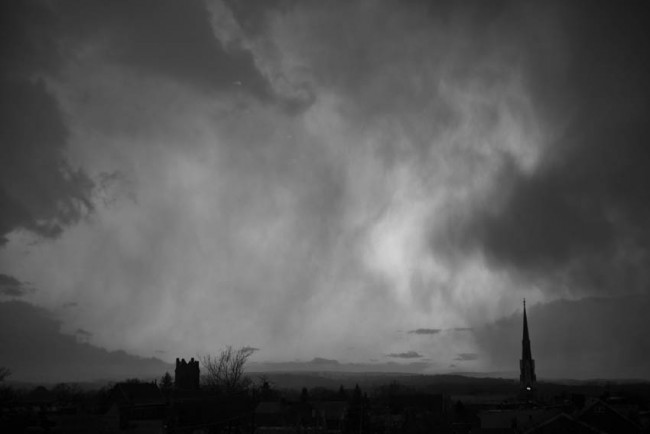
Shot by Ben with his M Monochrom the night before this interview. ┬®Ben Folds
Q: I’m trying not be ÔÇ£master of the obvious,ÔÇØ but youÔÇÖve excelled as a musician, a performer, composer, a photographer, and a television personality, is there some other creative medium that calls to you that we just donÔÇÖt know about?
BF:┬áIÔÇÖm currently writing a book. ItÔÇÖs all sort of the same thing in a way. Just different techniques.┬á Framing, for instance. Writing is all about framing, as is songwriting and photography. What you leave inside the magical dimensions and what lies outside, either conspicuously absent or ignored.┬á ItÔÇÖs the kind of stuff that can drive you crazy!
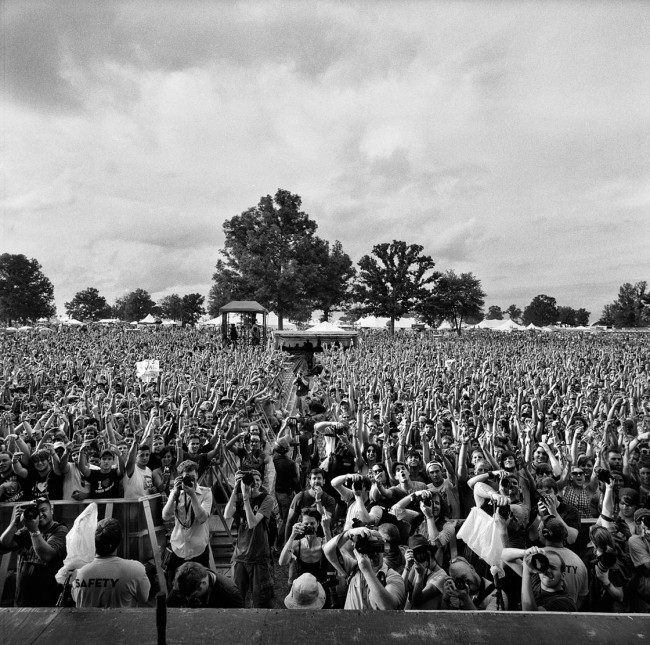
“Bonnaroo-2008” ┬®Ben Folds
Q: I find the images you make from the stage looking out at the audience fascinating. What happens to the dynamic when you are the focus of attention and you point a camera out at a large group?
BF: Then you get a photo of people paying attention to you, which is obvious, but if you think about it, most of photographing people is about being invisible to an extent.  So my shots from stage, or of press photographers pointing their cameras at me have a different effect.  Really, I guess not many people spend most of their lives on a stage, so seeing that relationship is probably unique.
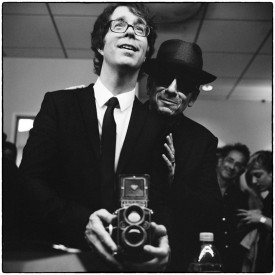
“Me n Elvis” ┬®Ben Folds
Q: You make lots of great portraits and self portraits. If you could photograph anyone, who would you have sit in front of your camera?
BF:┬áHa. Anyone really.┬á IÔÇÖm okay with portraits if thereÔÇÖs a reason and if someone is giving me time. I can make it comfortable after a while and I consider it a great opportunity. I donÔÇÖt dig fake light, mostly because I never learned it, so when the time is right for light and I have an excuse to photograph, itÔÇÖs fun. Otherwise, because my gig normally is being in FRONT of a camera, IÔÇÖm not sure IÔÇÖm good at candid photos. I scare the scene no matter how much tip toeing I do. In fact, itÔÇÖs probably my timidity and shyness that causes me problems there.┬á Funny for a performer to say…
To see more of Ben’s images, buy a print, or find out more about his music visit his web site.
